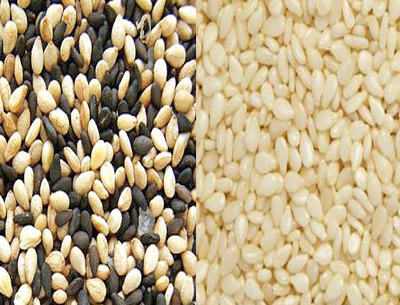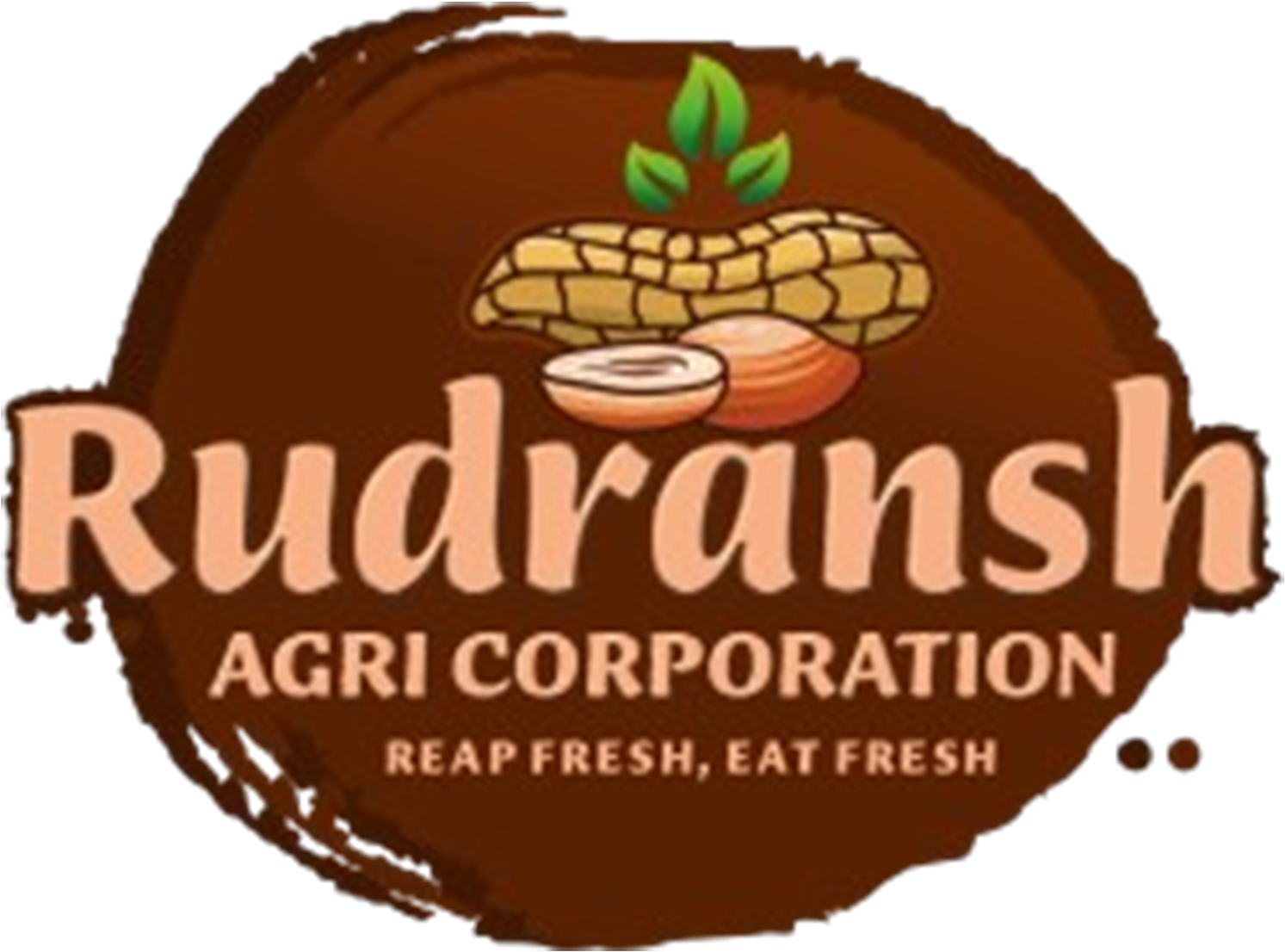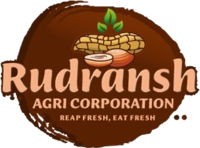Sesame Seeds

Sesame is one of the oldest cultivated plants in the world and is drought tolerant so it can grow where other crops fail. The seeds come in many colors depending on the cultivar harvested. The most-traded variety of sesame is off-white colored. Other common colors are buff, gold, brown, reddish, and black. Seeds with the hulls removed have become increasingly popular and are favored by buyers for their uniformity. Today India is the world’s largest producer of sesame. Sesame has one of the highest oil contents of any seed. With a rich nutty flavor, it is a common ingredient in cuisines across the world. Oil from the seeds contains about 47% oleic acid and 39% linoleic acid and is used in cooking, salad oils, and margarine.
Product Information:
The Chinese used sesame seeds some 5,000 years ago for the preparation of ink blocks. In ancient Egypt, the seeds were ground and used as grain flour.
The world on average produces close to 3 million tons of sesame seed every year.
Around 60-65 countries of the world produce sesame seeds. Asian and African countries are the major producers of Sesame. The top five producers account for around 70% of the production. China, India, Sudan, Myanmar, Uganda, Nigeria, Bangladesh, Pakistan, Tanzania, Mexico, Thailand, and Egypt, in that order of rank, are the top-twelve producers of this seed. ATC Group is a well-known Sesame seeds manufacturer and exporter in India.
The global Sesame exports are estimated to be around 5 to 6 lakh tons. India, China, and Mexico are the major Sesame exporters and ATC Group is playing a big role as a Sesame manufacturer and exporter in India, while Japan is the single largest buyer of sesame seeds in the world. The country imported 164 thousand tons of seeds in 2000. The second-largest importer in Egypt. Her imports in 2000 totaled 85.9 thousand tons. South Korea and the USA rank third and fourth respectively, with imports in 2000 equal to 70 thousand tons and over 49 thousand tons. Fifth in the world, the Netherlands is the largest buyer in Europe. It imported 32.33 thousand tons in 2000. ATC Group- Sesame seeds manufacturer and exporter in India. Other major importers include China (39.5 thousand tons), Syria (29.9 thousand tons), Saudi Arabia (20 thousand tons), Greece (19.30 thousand tons), Israel (18.6 thousand tons), and Mexico (17.5 thousand tons), and Germany (17.3 thousand tons).
India produces a wide variety of Sesame seeds varying in color from white to red to black, with oil content varying from 40 to 50 %. Sesame manufacturer and exporter in India -ATC Group deals in all these types. The white and black Indian Sesame seeds are mainly used for direct consumption by their addition to several foods and exports. The brown Indian Sesame seeds are mainly used for oil extraction. These have an oil content of around 45-50 %. The white Indian Sesame seeds have the desirable nutty taste and are used for making sweets, baked foods, and confectionaries. The black Indian Sesame seeds are used for seasoning and fries. Hulled seeds are also used for snack preparation.
Around 80 % of the sesame seed production in India, happens during the Kharif season (June-July to September-October), with the crop starting to arrive in September. The remaining crop is cultivated in the rabi season (December to March), with the crop starting to arrive in March. ATC Group is a Sesame manufacturer and exporter in India.
Sesame seed is largely cultivated in the western and eastern parts of the country. The major producers of Indian Sesame are Gujarat, West Bengal, Tamil Nadu, Andhra Pradesh, Madhya Pradesh, and Maharashtra. ATC Group- Sesame seeds manufacturer and exporter in India provides the clients with the best quality seeds from these places. Rajasthan is also a major producer when the area receives sufficient rains.
Factors Influencing Sesame Seed Markets
1. Weather at the major domestic producing centers. The southwest monsoon is the most important factor that determines the area sown, production and prices.
2. Price of other competitive oils in India, viz., soy oil, palm oil, cottonseed oil, sunflower oil, and mustard oil.
3. International price movement of soy oil at CBOT and palm oil at BMD, Malaysia also influence the groundnut oil prices.
4. Festivals and celebrations also increase consumption and prices.
Specifications of Natural Whitish Sesame Seeds (NWSS)
| Quality | Whitish Seeds | Dark Color Seeds | Admixture | Purity | Moisture | F.F.A. | Oil Content |
| 99/1 NWSS Sortexed | 99.95% Min. | 0.5% Max. | 0.05% Max. | 99.95% Max. | 6% max. | 2% Max. | 48% Min. |
| 99/1 NWSS | 99% Min. | 1% Max. | 1% Max. | 99% Max. | 6% max. | 2% Max. | 48% Min. |
| 98/2 NWSS | 98% Min. | 2% Max. | 1% to 2% Max. | 98% to 99% Min. | 6% max. | 2% Max. | 48% Min. |
| 95/ NWSS | 95% Min. | 5% Max. | 1% to 2% Max. | 98% to 99% Min. | 6% max. | 2% Max. | 48% Min. |
Specifications of Hulled Sesame Seeds
| Quality | Purity | Impurity | F.F.A. | Moisture |
| 99.98% Premium Quality Auto-Dried & Sortexed | 99.98% Min. | 0.02% Max. | 1% Max. | 4.50% Max. |
| 99.97% Semi Premium Quality Auto-Dried & Sortexed | 99.97% Min. | 0.03% Max. | 1% Max. | 5% Max. |
| 99.96% Regular Quality Auto-Dried & Sortexed | 99.96% Min. | 0.04% Max. | 1% Max. | 5% Max. |
| 99.95% Average Quality Auto-Dried & Sortexed | 99.95% Min. | 0.05% Max. | 1% Max. | 5.50% Max. |
Specification of Black Sesame Seeds (NBSS)
| Quality | Other Seeds | Purity | Impurity | F.F.A. | Oil Content |
| 99.90% Nbss | Regular black | 99.90% Min. | 0.10% Max. | 2% Max. | 48% Min. |
| 99.95% Nbss | Z black | 99.95% Min. | 0.05% Max. | 1.5% Max. | 48% Min. |
Harvest Period
JAN | FEB | MAR | APR | MAY | JUNE | JULY | AUG | SEP | OCT | NOV | DEC |
– | – | – | – | ✔ | ✔ | – | – | – | ✔ | ✔ | – |
About Us
We, Rudransh Agri Corporation are renowned as a trader and exporters best known for 100% hygienic production and processing of premium quality peanut seeds, groundnuts, java peanuts, bold peanuts, and groundnut shells.
© 2023, Rudransh Agri Corporation. All Rights Reserved. Designed & Developed by RexterTech



